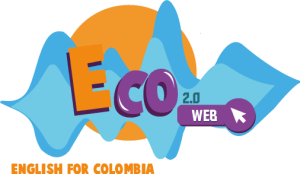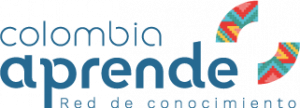
Learning Guide: Water conservation
Author: Nancy Encinales Ardila
Kerly Lorena Morales
Adriana Betancur – Description: In this self-study guide you will find all the activities related to the conservation of the water presented in
Way to go, Student book 7 module #3 Unit 2, page 101. We hope that you, as part of solving
environmental problems, become aware and change your habits toward the environment and share with
your classmates some suggestions about how to save water. This guide allows you to find activities to
improve your vocabulary, reading and writing skills. After that, you will demonstrate your understanding
by creating a poster giving ideas about water conservation.


